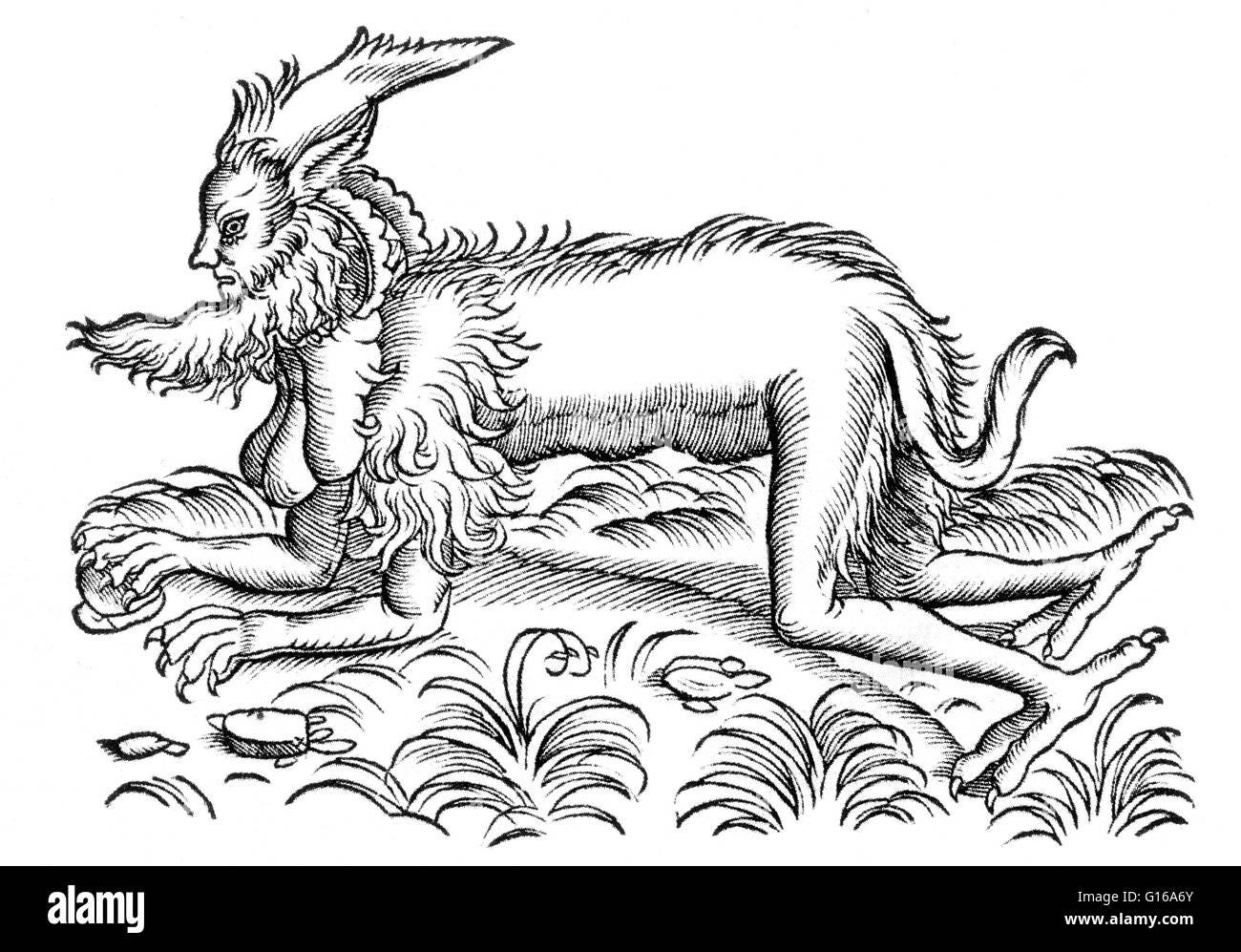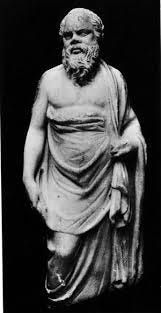Socrates is everywhere. In dusty philosophy books. In courtroom speeches. In political manifestos.
But here’s the thing no one tells you: We don’t really know him.
Not fully. Not cleanly.
Every version of Socrates you’ve heard — the wise teacher, the annoying gadfly, the tragic martyr — is stitched together from conflicting stories, guesses, hopes, and a few well-timed jokes.
And that's not a flaw. That's the magic.
Because Socrates wasn’t here to be simple.
He was here to complicate.
This series is about that Socrates — the walking contradiction.
It’s a long story — longer and messier than you probably think.
So instead of trying to cram it all into one gigantic slab of text, I’m breaking it down.
One post per major theme.
Each one sharp, alive, and (I hope) a little unsettling — like Socrates himself.
We’ll start with how weird he looked (and why it mattered), walk through how he lived like a stubborn question mark, wrestle with the “Socratic Problem” that still baffles scholars today, trace his entanglement with the fall of Athens, and finally, look at how his ghost keeps popping up in places you’d never expect — from pop songs to civil rights movements.
So jump right in!
Let’s be honest: if you were strolling through the Athenian agora(marketplace) around 430 B.C., and you bumped into Socrates, you wouldn’t think, Ah, there goes a living god. You’d probably clutch your toga and cross to the other side.
Socrates looked like the gods had started making a man, got distracted halfway, and just... let it be. He wasn’t just ordinary-ugly — he was aggressively weird-looking. Often compared with the satyr.
Wide-set eyes that bulged and darted around like a crab’s, a squashed-up nose with flaring nostrils, lips thick and loose like an old donkey’s. Add to that a mop of messy hair, worn Spartan-style even while Athens and Sparta were at war (bad timing), and a permanent layer of dirt from never bothering to wash.
Clothes? One set — day and night.
Shoes? Forget it.
General vibe? Somewhere between a defiant monk and a slightly deranged prophet.
Oh, and his walk was... odd.
Some say it was his arrogant swagger that made enemy soldiers hesitate—because who messes with a man who is unbothered?
By every account, he was tough — physically strong, resistant to cold and alcohol.
Average height, yes — no one bothers to comment — but active enough to fight on foot in brutal wars and survive. That "pot-bellied Socrates" image you’ve seen floating around? Probably a myth.
His crowd often went hungry, not heavy — just check the following prose -
Before your city was built, all men had a mania for Sparta; long hair and fasting were held in honor, men went dirty like Socrates and carried staves.
If you want a visual that really captures the vibe, look up Brancusi’s oak sculpture of Socrates — it’s a 51-inch tall oddity, where, depending on the angle you stand, you catch different glimpses of him.
Exactly like the real man: weird, hard to pin down, alive from every side. Less famous but equally brutal are the sketches by Swiss artist Hans Erni. Socrates, ugly and electrifying.
Socrates didn’t just look strange — he lived strangely. And in Athens, where beauty was half your political resume, that already made him an outsider. But appearance was just the beginning.
Next, we step into what truly set him apart: the life he chose to live when everyone around him was chasing power, glory, and gold.
Stay tuned!







